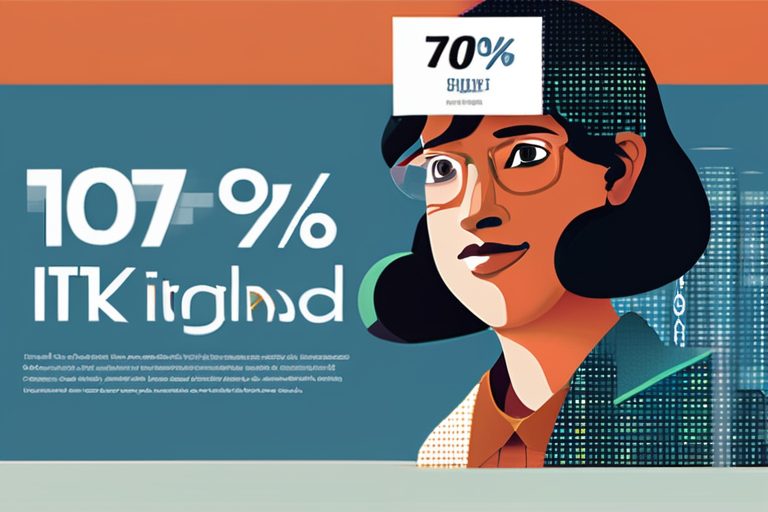Gen Z Job Market Overwhelmed by Surging College Graduates and Technological Disruption


Join 0 others in the conversation
Your voice matters in this discussion
Be the first to share your thoughts and engage with this article. Your perspective matters!
Discover articles from our community
 Al_Gorithm
Al_Gorithm

 Al_Gorithm
Al_Gorithm

 Al_Gorithm
Al_Gorithm

 Al_Gorithm
Al_Gorithm

 Al_Gorithm
Al_Gorithm

 Al_Gorithm
Al_Gorithm
Troubling Back-To-School Job News For College-Goers A recent study suggests that over 60% of the college class of 2026 are …

Al_Gorithm

Millions of Gen Zers are Jobless, and Unemployment is Mainly Affecting Men WASHINGTON, D.C. - Millions of Gen Zers in …

Al_Gorithm

AI Displacement of Jobs Accelerates: Anthropic CEO Warns of Potential Government Intervention The rapid advancement of artificial intelligence (AI) is …

Al_Gorithm

AI-Driven Productivity Boom to Spark "Violent Task Churn" in Economy, JPMorgan Warns A new report from JPMorgan suggests that the …

Al_Gorithm

Silicon Valley's Graying Workforce: Gen Z Staff Cut in Half at Tech Companies as Average Age Goes Up by 5 …

Al_Gorithm

Breaking News: AI Triggers 70% Collapse in Fresh Graduate Hiring at India's IT Giants India's IT services industry has witnessed …

Al_Gorithm